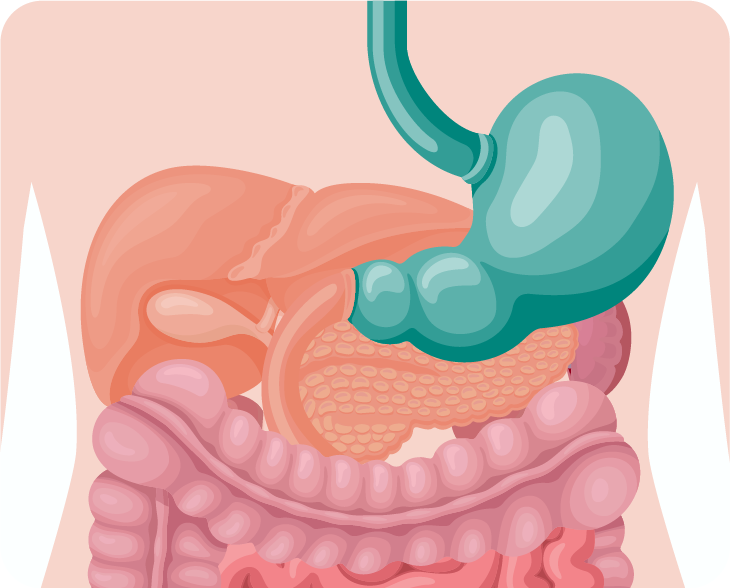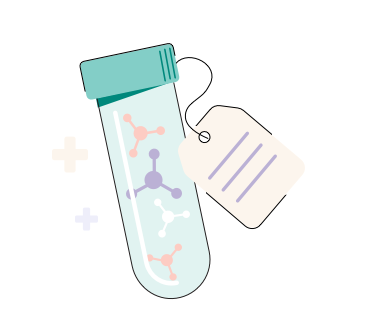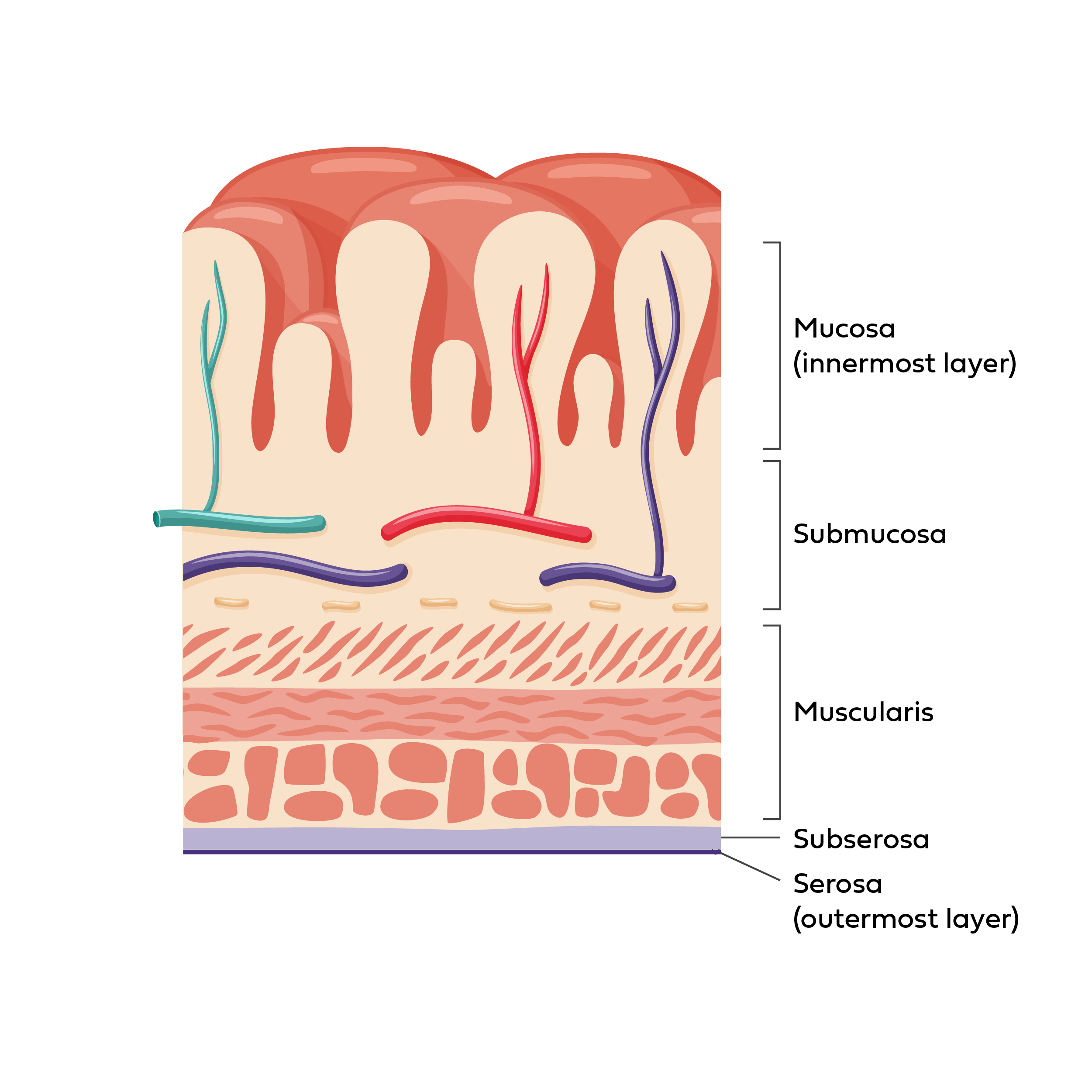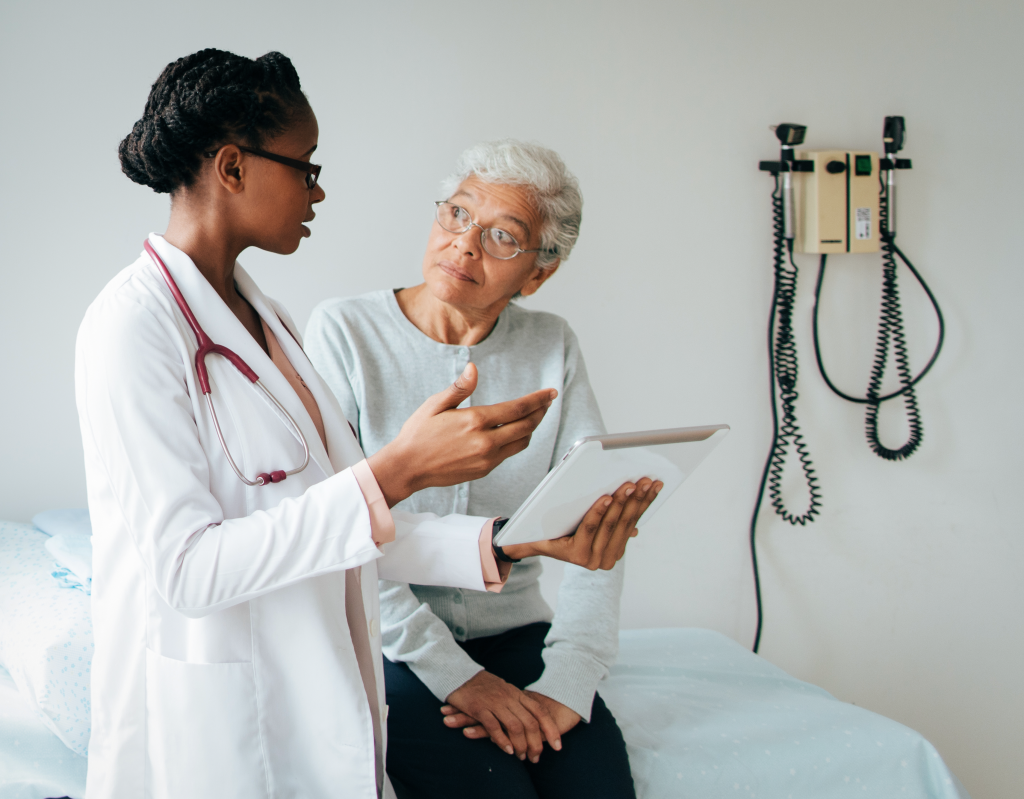Biomarkers commonly tested for in stomach cancer
If you’ve been diagnosed with stomach cancer, your doctor may order biomarker testing. A biomarker is a biological molecule which can be measured and is found in blood and other body fluids or tissue.
The presence and type of biomarkers found in your sample may help your doctor determine the treatment plan that is right for you.
Biomarkers commonly tested for in stomach cancer include:
- TMB (tumor mutational burden)
- HER2 (human epidermal growth factor receptor 2)
- MSI/MMR (microsatellite instability/mismatch repair)
- NTRK (neurotrophic receptor tyrosine kinase) gene fusions
- PD-L1 (programmed death ligand 1)
Some of the biomarker tests your doctor may order are:
- FISH (fluorescence in situ hybridization)
- IHC (immunohistochemistry)
- NGS (next-generation sequencing)
- PCR (polymerase chain reaction)
Ask your doctor about biomarker testing, molecular testing, or tumor profiling. These 3 phrases all refer to biomarkers.







